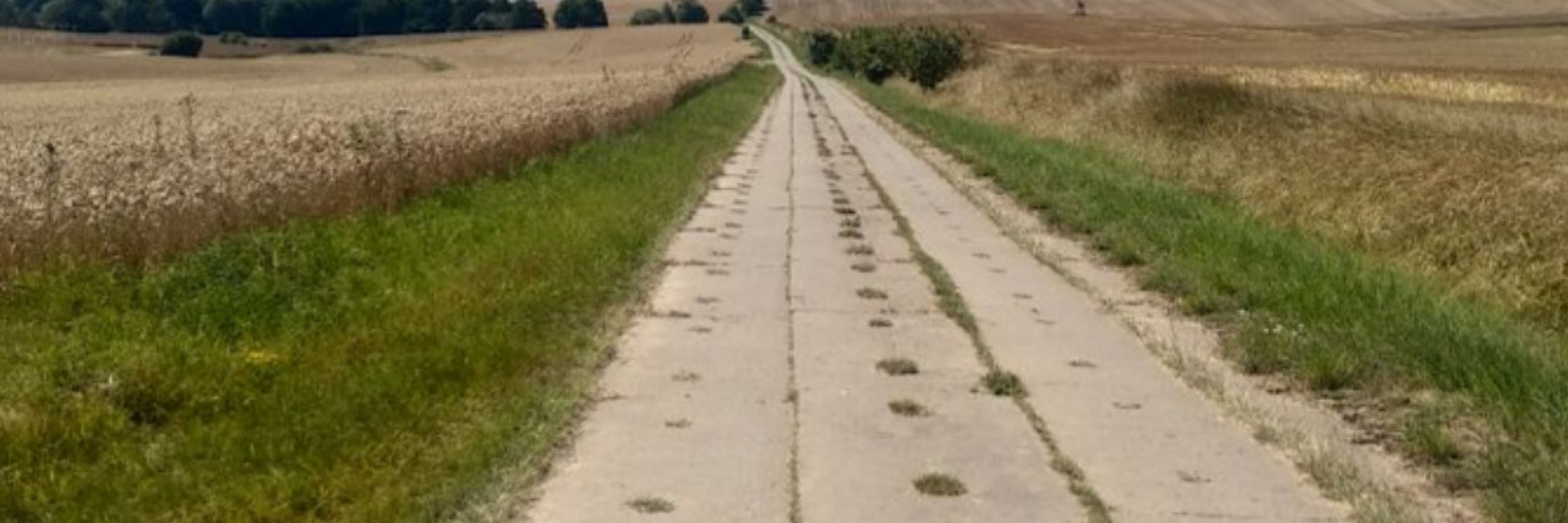
It's already version 1.1, we are basically flying :D! (irony off)
Unfortunately, we discovered some major flaws in the first version that needed to be fixed.
Please spread the word about this great database. It was a lot of work :).
It's already version 1.1, we are basically flying :D! (irony off)
Unfortunately, we discovered some major flaws in the first version that needed to be fixed.
Please spread the word about this great database. It was a lot of work :).
We find examples of non-agricultural investors owning larger areas, but identifying them was difficult. Also, successor companies to the agriculture productive companies own larger areas. These companies constitute an entry point for investors to quickly take control of large areas.
We find examples of non-agricultural investors owning larger areas, but identifying them was difficult. Also, successor companies to the agriculture productive companies own larger areas. These companies constitute an entry point for investors to quickly take control of large areas.
The largest owners are diverse. We identified public institutions, agricultural company networks, and non-profit organizations among the largest individual owners.
The largest owners are diverse. We identified public institutions, agricultural company networks, and non-profit organizations among the largest individual owners.
Land ownership is fragmented, more than the actual land use. There are much more landowners (~185,000) than farmers (5,000), and parcels are much smaller than the fields.
More than half of the land is owned by private persons who are not active in agriculture but only own a few ha.
Land ownership is fragmented, more than the actual land use. There are much more landowners (~185,000) than farmers (5,000), and parcels are much smaller than the fields.
More than half of the land is owned by private persons who are not active in agriculture but only own a few ha.
We categorized all landowners and researched the largest 15 owners in detail.
We calculated concentration measures for the local market to investigate potential market power.
We categorized all landowners and researched the largest 15 owners in detail.
We calculated concentration measures for the local market to investigate potential market power.

Btw, Maximillian Wesemeyer and I share the main authorship, my name only appears first alphabetically.
Btw, Maximillian Wesemeyer and I share the main authorship, my name only appears first alphabetically.

